First, let me say that I'm no electrical engineer, I'm just a curious student.
Here's a photo of a Raspberry Pi A+.

I (as one completely ignorant of PCB design) would expect the electrical paths to be as simple as possible, which normally implies using the shortest path from the source to destination. Here, the printer can clearly print straight diagonal paths, but some other nearby paths are stair-stepped, or even take bizarre roundabout paths to their destinations.
I've seen this on a variety of PCBs, including other models of the Raspberry Pi, some Arduinos, computer motherboards...
Can you explain, in layman's terms, why these more complex paths are chosen?